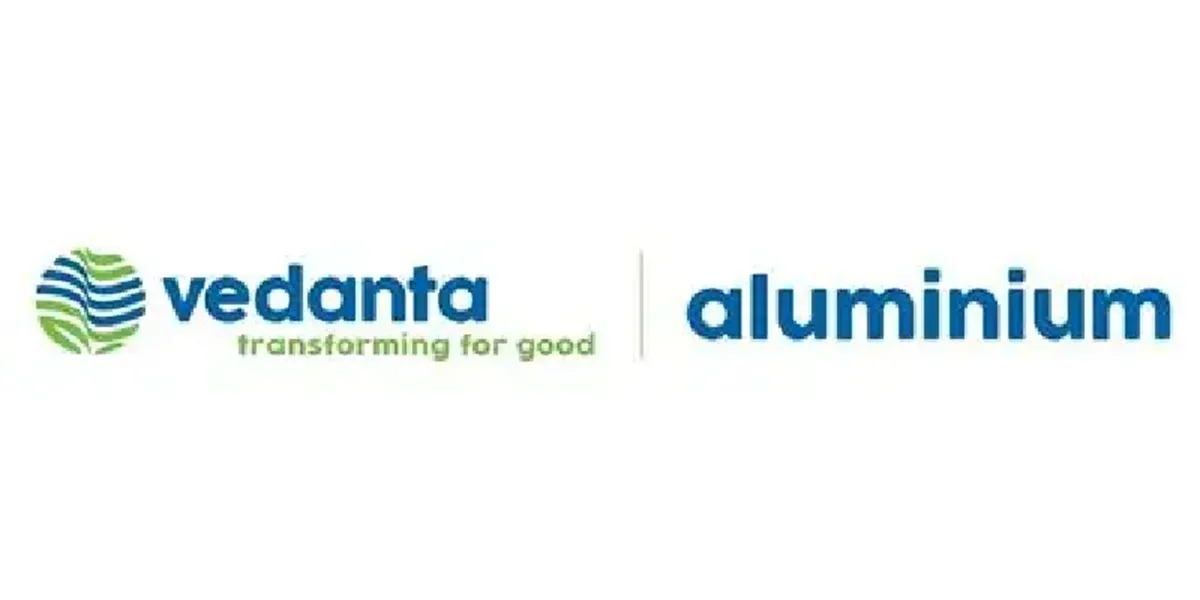India Ratings and Research (Ind-Ra) has maintained an overall negative outlook on the real estate sector for FY2020. Ind-Ra has a stable outlook for players in Tier-I residential real estate, commercial office and retail property development and operations and a negative outlook for the rest.
Sector consolidation and NBFC slowdown: In FY2020, Ind-Ra expects Tier-I residential players to generate strong sales due to the ongoing consolidation in the market with fringe players losing ground in favour of Tier-I, with better brand and execution ability. The market share of the top 11 listed players, Ind-Ra has analysed, increased to 14 per cent in 2018 from 10 per cent in 2015. Conversely, Tier-II and marginal players are struggling amid liquidity issues on account of declining sales, negative cash flows, RERA implementation and the slowdown in non-banking financial company (NBFC) space. Ind-Ra expects the NBFC lending growth to the real estate sector to slow down further in H2 FY2019 and FY2020, given the increased risk aversion by NBFCs and their liquidity situation, after slowing down to 37 per cent in H1 FY2019 (FY2018: 44 per cent; FY2016-FY2017: 65 per cent).
Soft commodity prices to support EBITDA margins: In FY2020, Ind-Ra expects Tier-I players EBITDA margins to be supported by softening commodity prices (H1 FY2019: 24 per cent; FY2018: 22 per cent) while Tier-II players are likely to continue with compressed EBITDA margin due to weak sales and liquidity driven execution issues (H1 FY2019: 15 per cent; FY2018: 18 per cent). Ind-Ra expects interest coverage of Tier-I players to remain steady at 2.5x in FY2019-FY2020, driven by likely growth in sales through sectoral consolidation and strong execution capability. However, Tier-II players are likely to face significant challenge to meet interest expenses due to a weak demand and liquidity issues. Interest coverage for Tier-II players is likely to remain below 1x in FY2019-FY2020.
Cash flow generation: Cash flow from operations (CFO) has been negative in the real estate sector since FY2012 and is likely to continue. Ind-Ra expects Tier-I players to report neutral-to-positive CFO while fringe players are expected to continue to have negative CFO in FY2019 and FY2020. Consequently, leverage (gross debt/(inventory + investment property + receivables + unbilled revenue – customer advances)) for Tier-I is likely to be better than Tier-II players’ in the range of 50-55 per cent vs. 75-85 per cent over FY2019-FY2020, respectively.
Improving affordability: Ind-Ra believes the affordability in FY2020 would be better than that in FY2012, if the residential prices remain flat. Growth in residential prices was almost stagnant in FY2018 and H1 FY2019, which has resulted in time value correction in prices, leading to improved affordability. Several residential players are expanding their portfolio in the affordable segment, given the favourable policy support such as Credit Linked Subsidy Scheme, lower GST and exemption under Income Tax, however, timely project execution within cost budget, given lower sales realisation, remains critical.
Companies with completed inventory will be in a better place in terms of offload risk than those with under-construction projects, as the demand is driven by end-consumers who are averse to risks. The interim budget 2019 has also extended exemption from levying tax on notional rent of completed inventory to two years from the end of year in which the project gets completed. Also, there is no GST on completed inventory sale while GST on under-construction projects has been reduced to 1 per cent to 5 per cent effective from April 2019 (without input tax credit) from 8 per cent to 12 per cent.
Stable commercial office and retail segment: The agency expects stable occupancy and rental rates for the commercial office segment across the major micro-markets, driven by a healthy demand from IT and ITES, e-commerce players and co-work office aggregators. Given strong rental yields and stable cash flows, Ind-Ra believes commercial office will continue to enjoy financial flexibility on account of investor inclination and its refinancing ability. Demand in the retail property space will be supported by increasing penetration by organised players, rising consumer spending and favourable demographics.



















